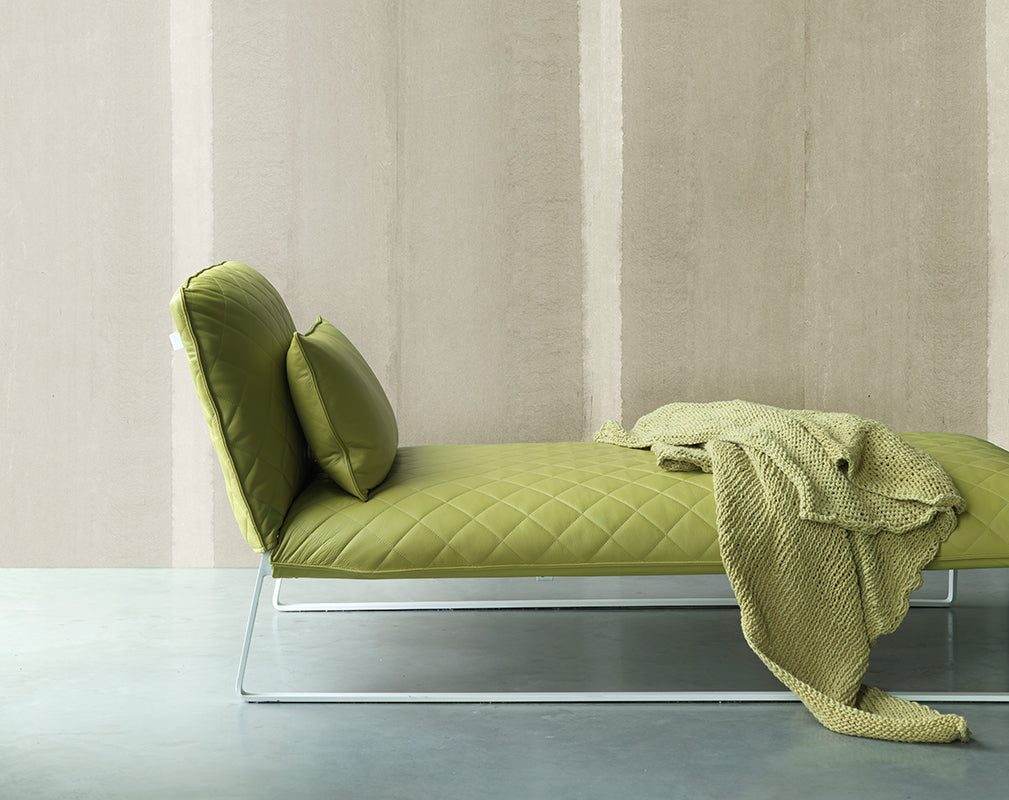
Washi is traditional Japanese paper, the word literally combining ‘wa’ meaning ‘Japanese’ and ‘shi’ meaning ‘paper’. It is made from the fibre of local Japanese trees which are processed by hand and is therefore generally more robust than ordinary paper because it incorporates wood pulp.
The long, intricate process is conducted in winter as pure and cold running water is essential to inhibiting bacteria and the decomposition of the fibres. The subtle textures and tones of this tougher paper, used in traditional Japanese crafts like origami, also make it a popular choice for modern homes. The Japanese paper has a rich history dating back to 610 AD. Today's iterations sees it used for a variety of purposes including wallpaper.
(Above and below) Renowned Dutch designer Piet Boon travels the world drawing inspiration from other cultures.





